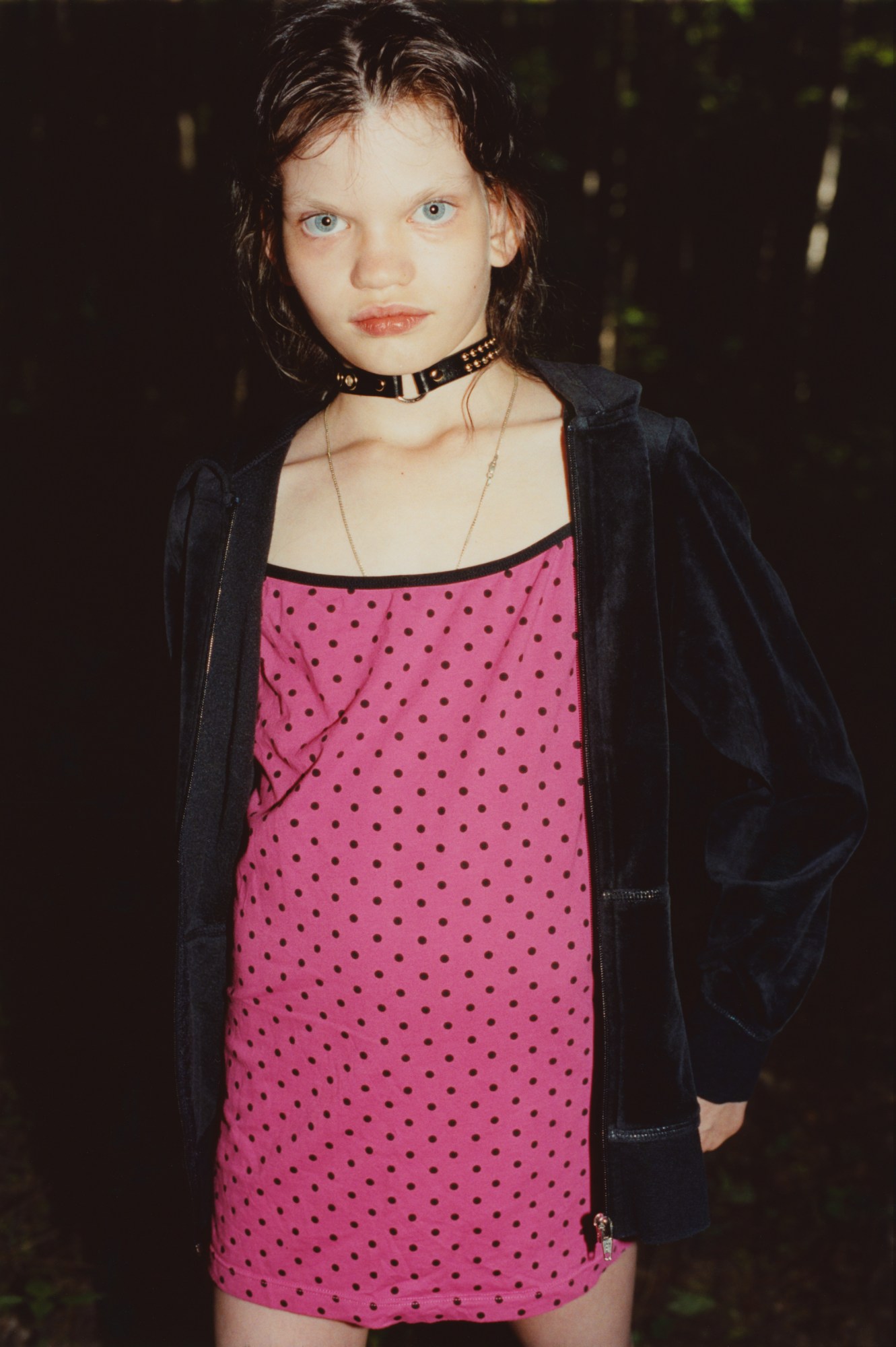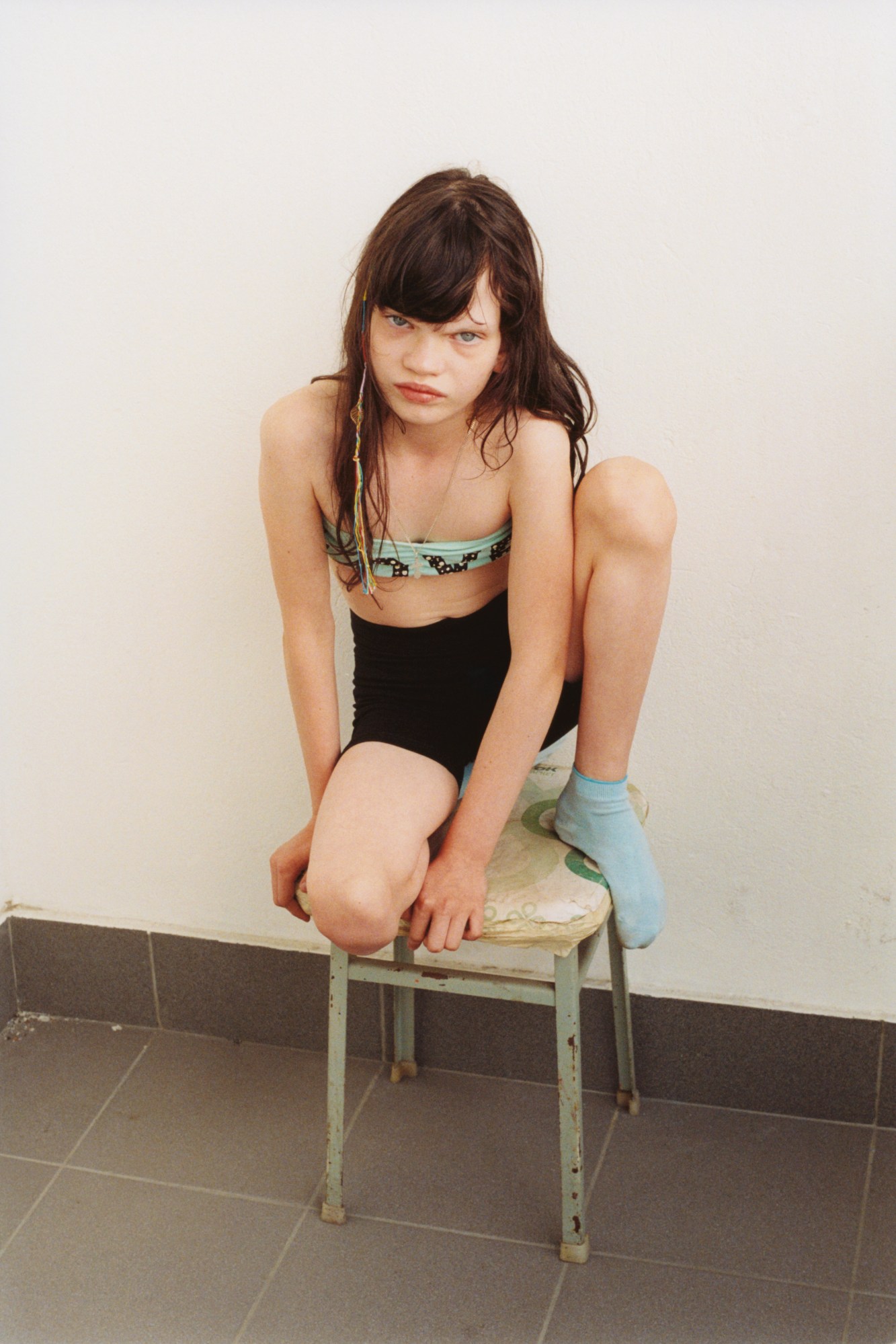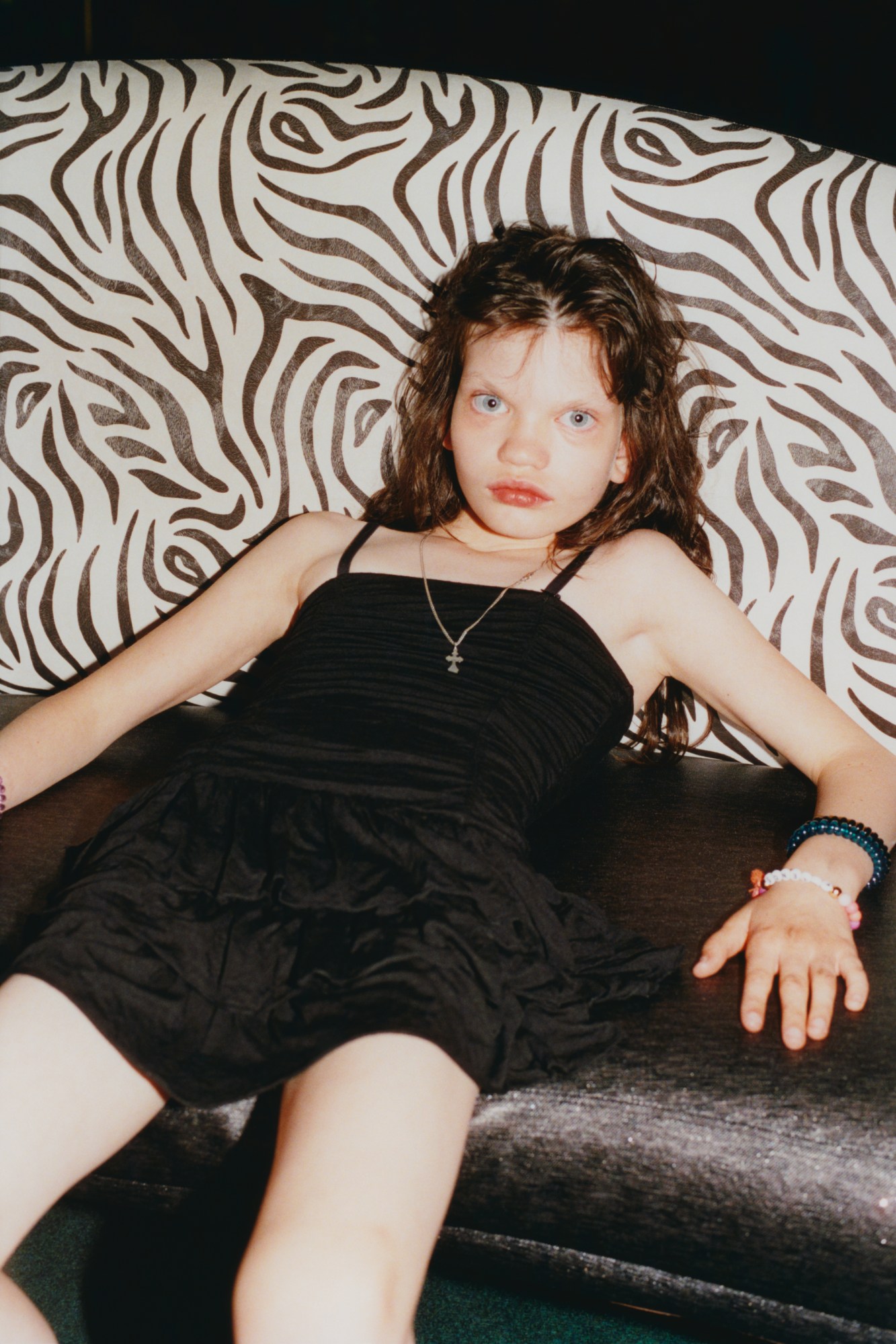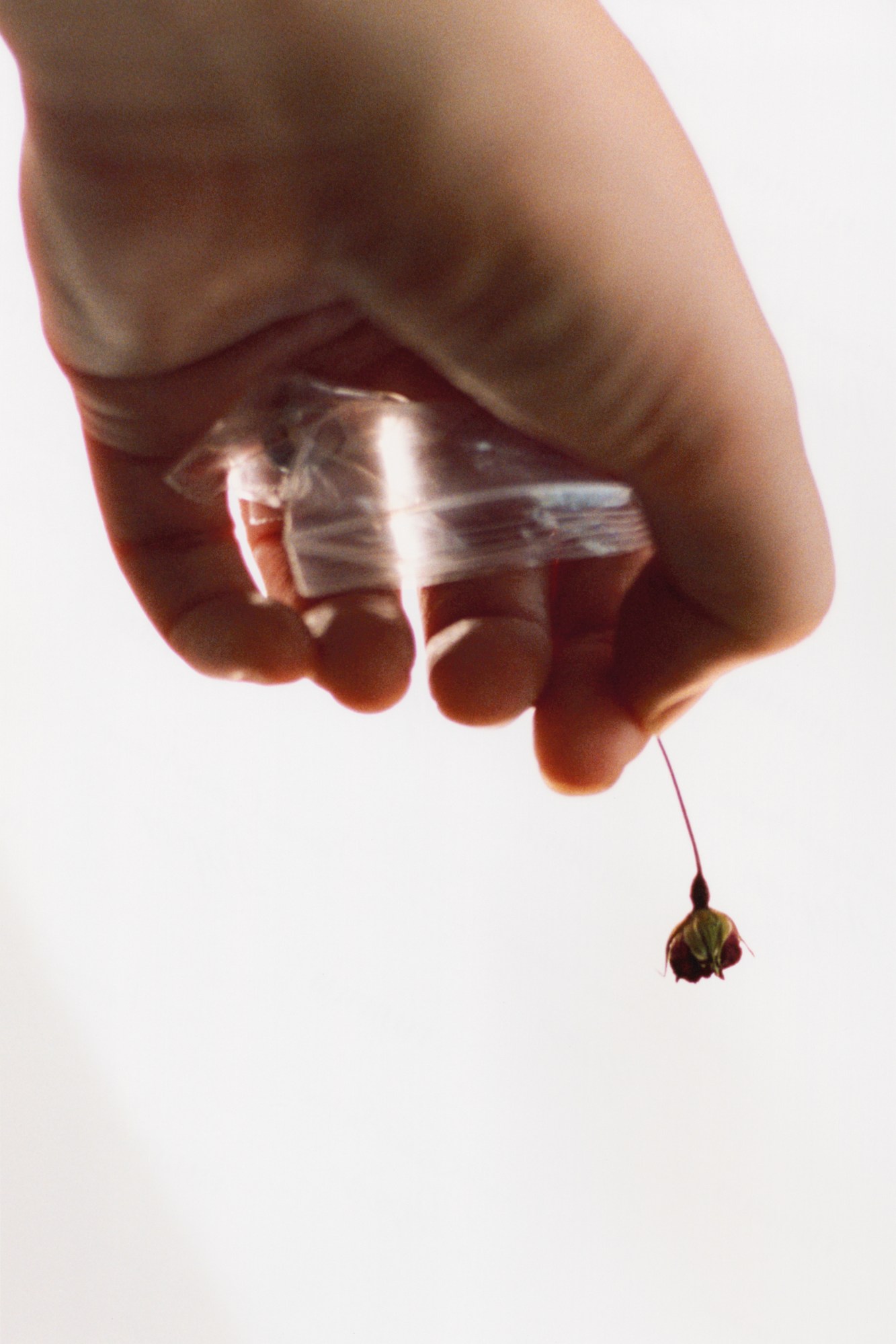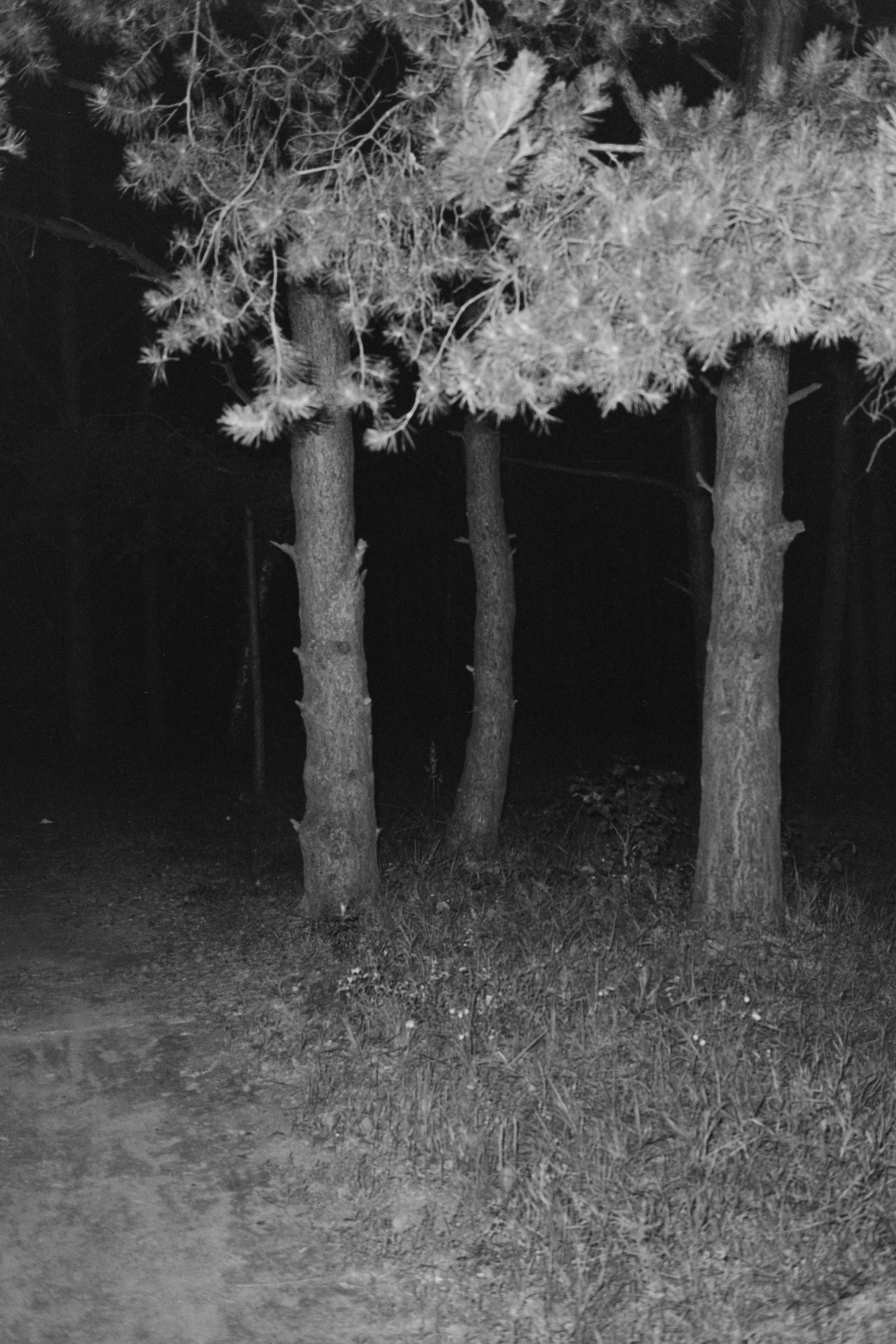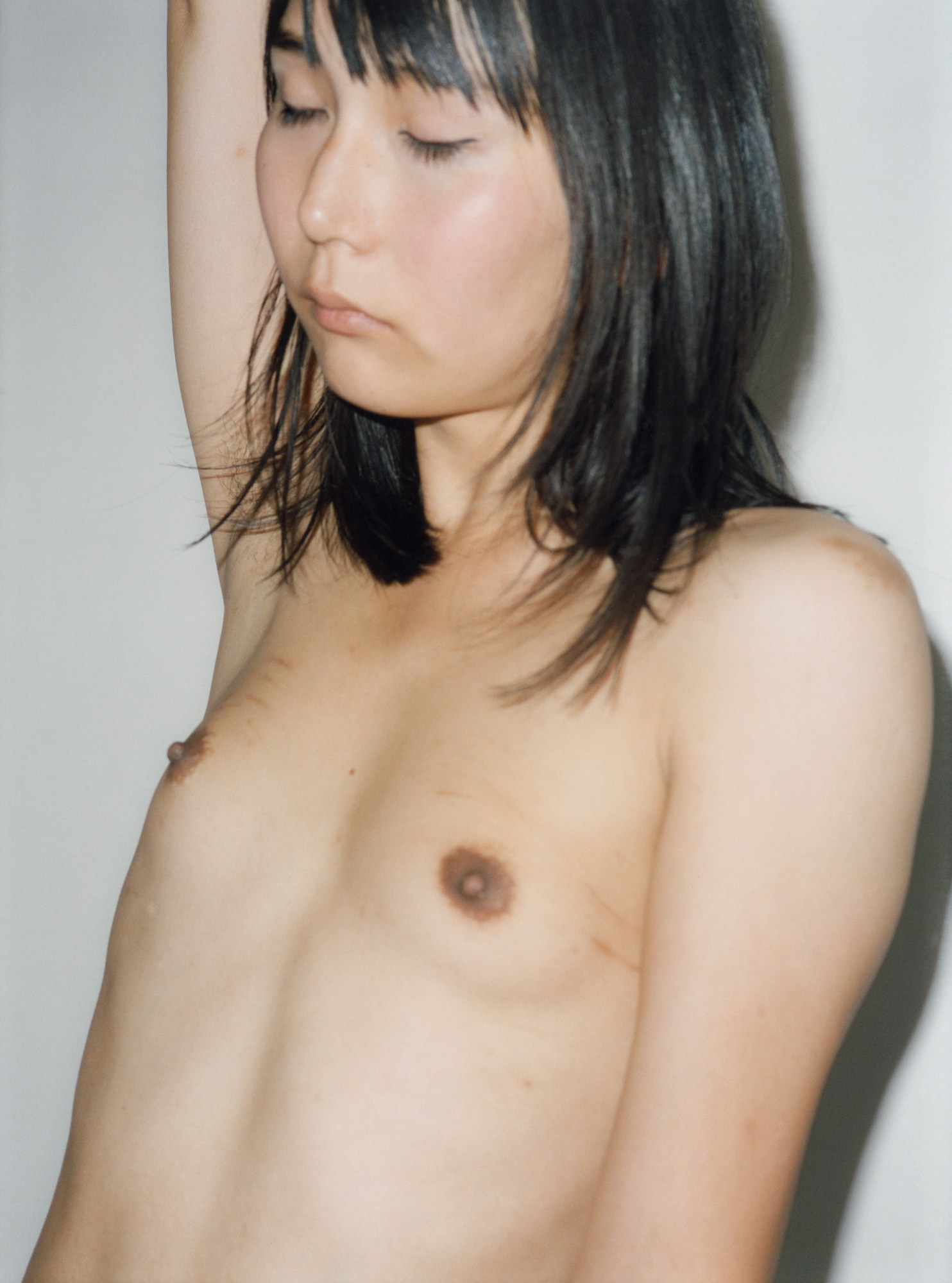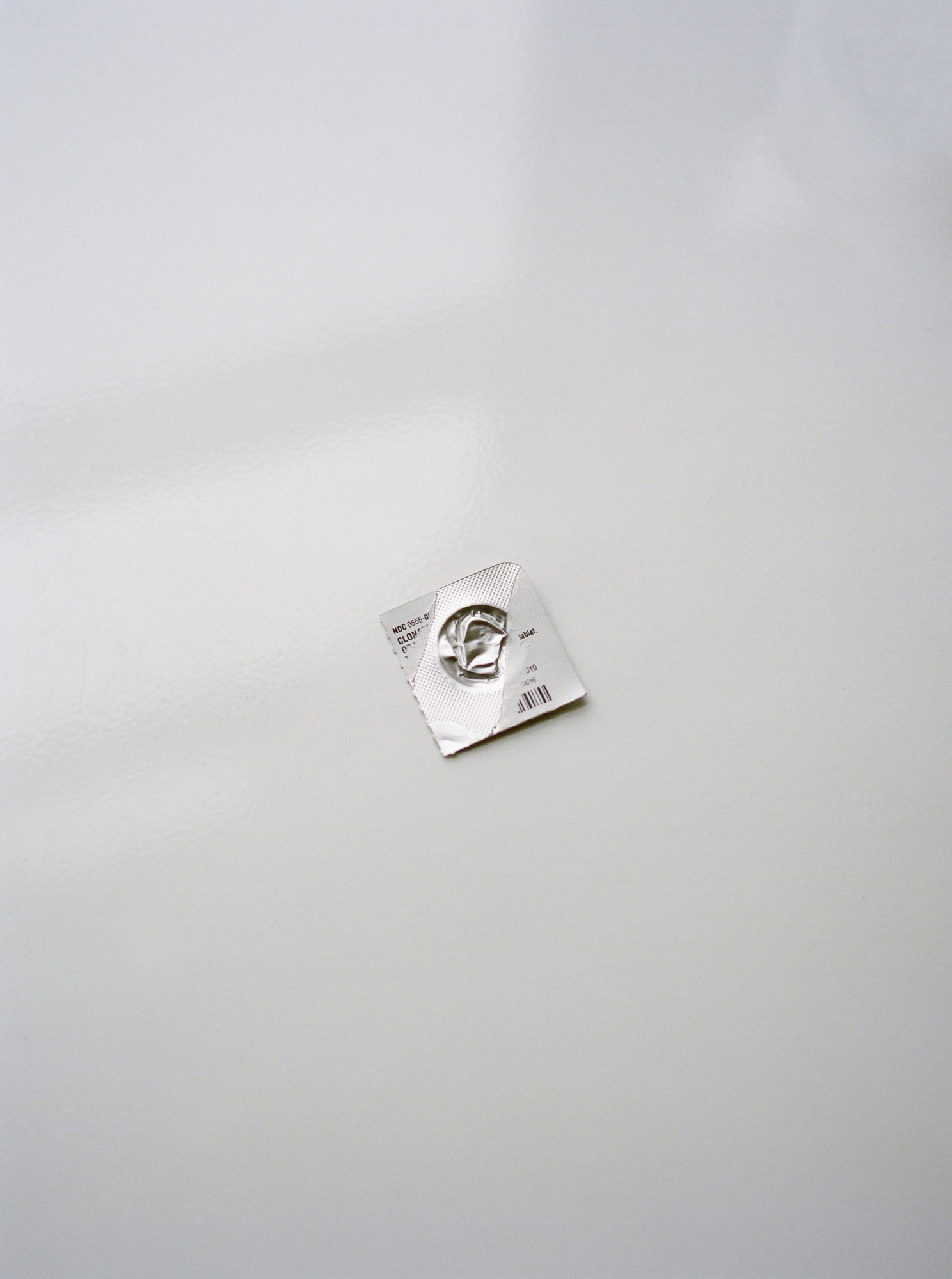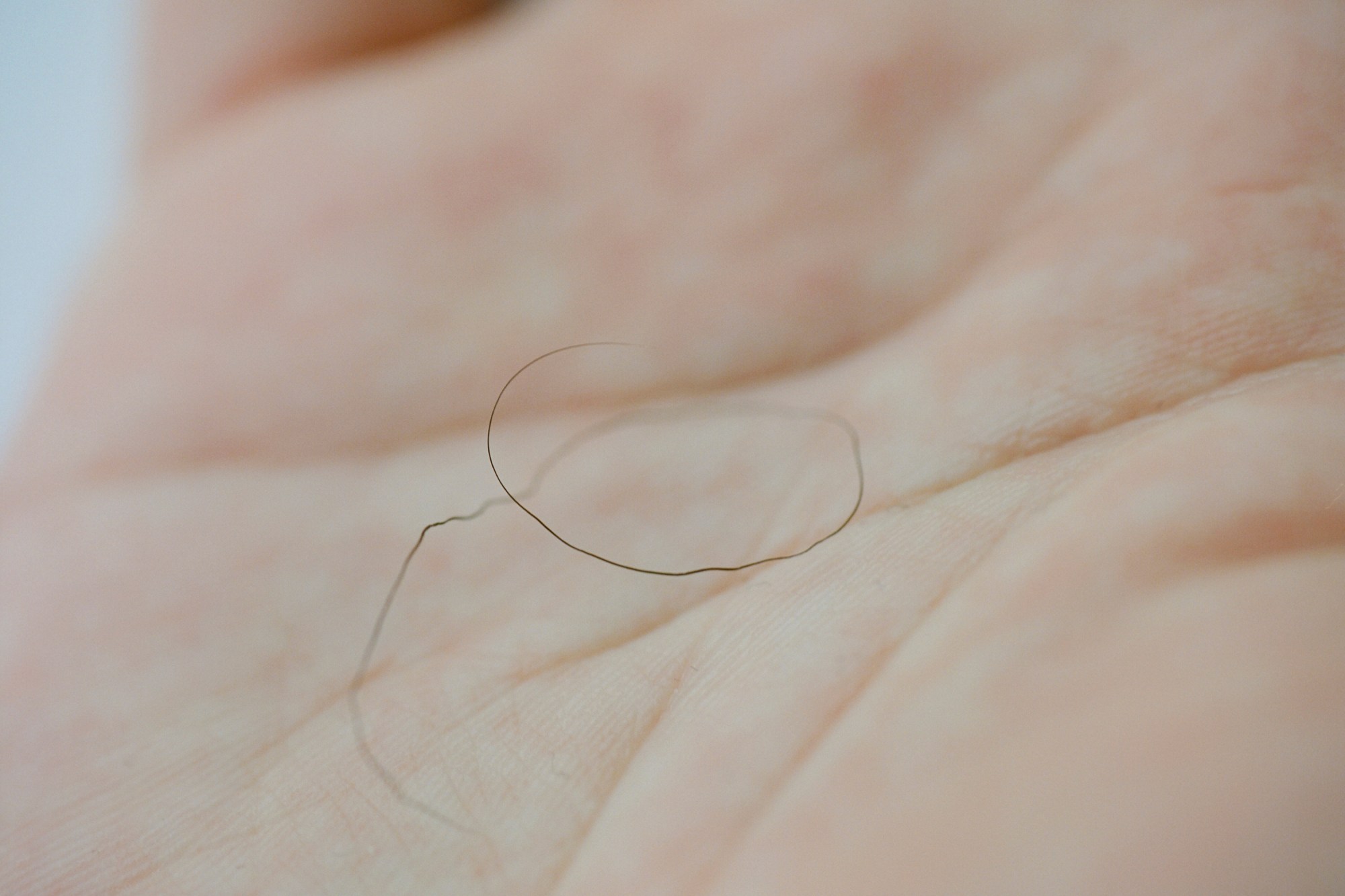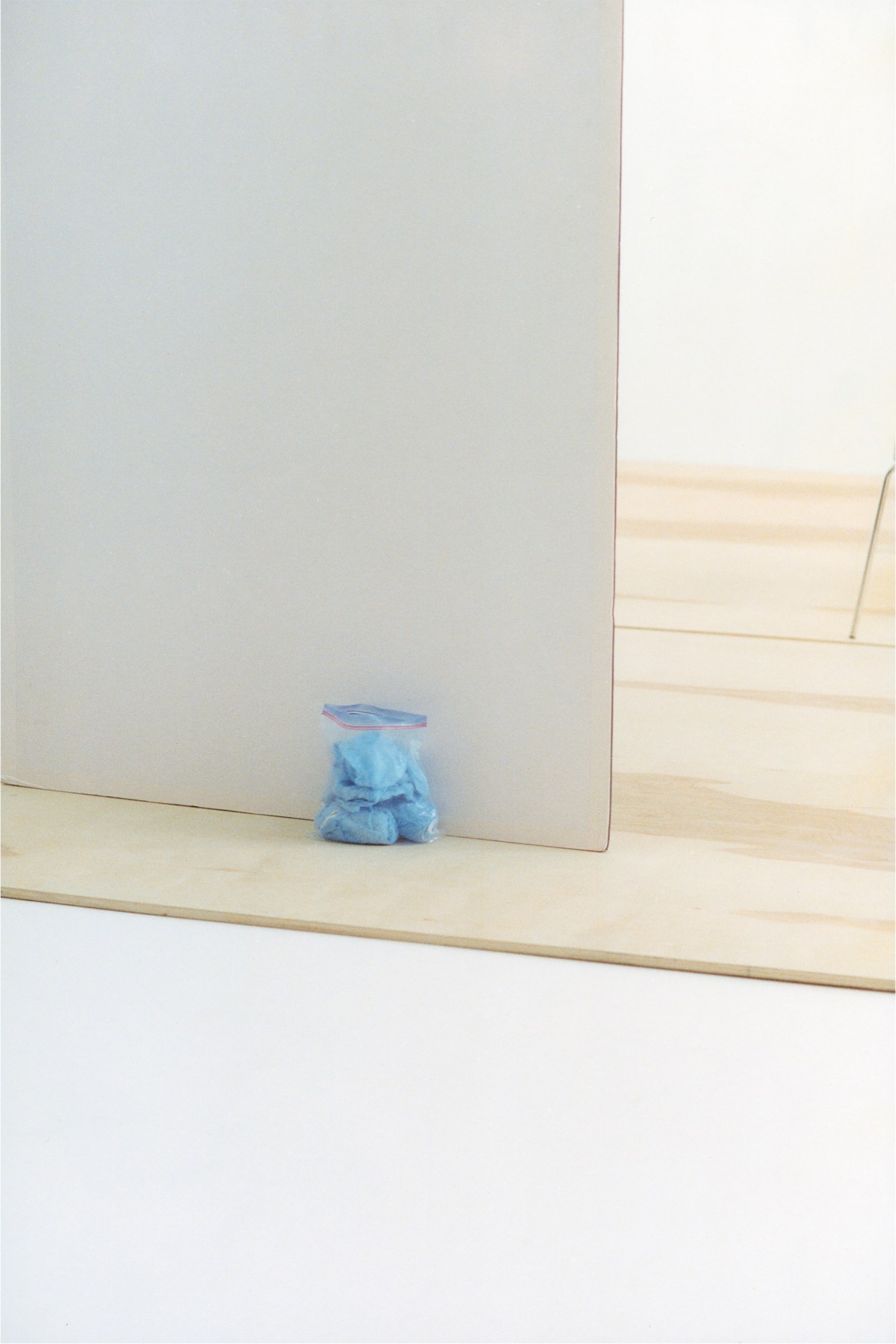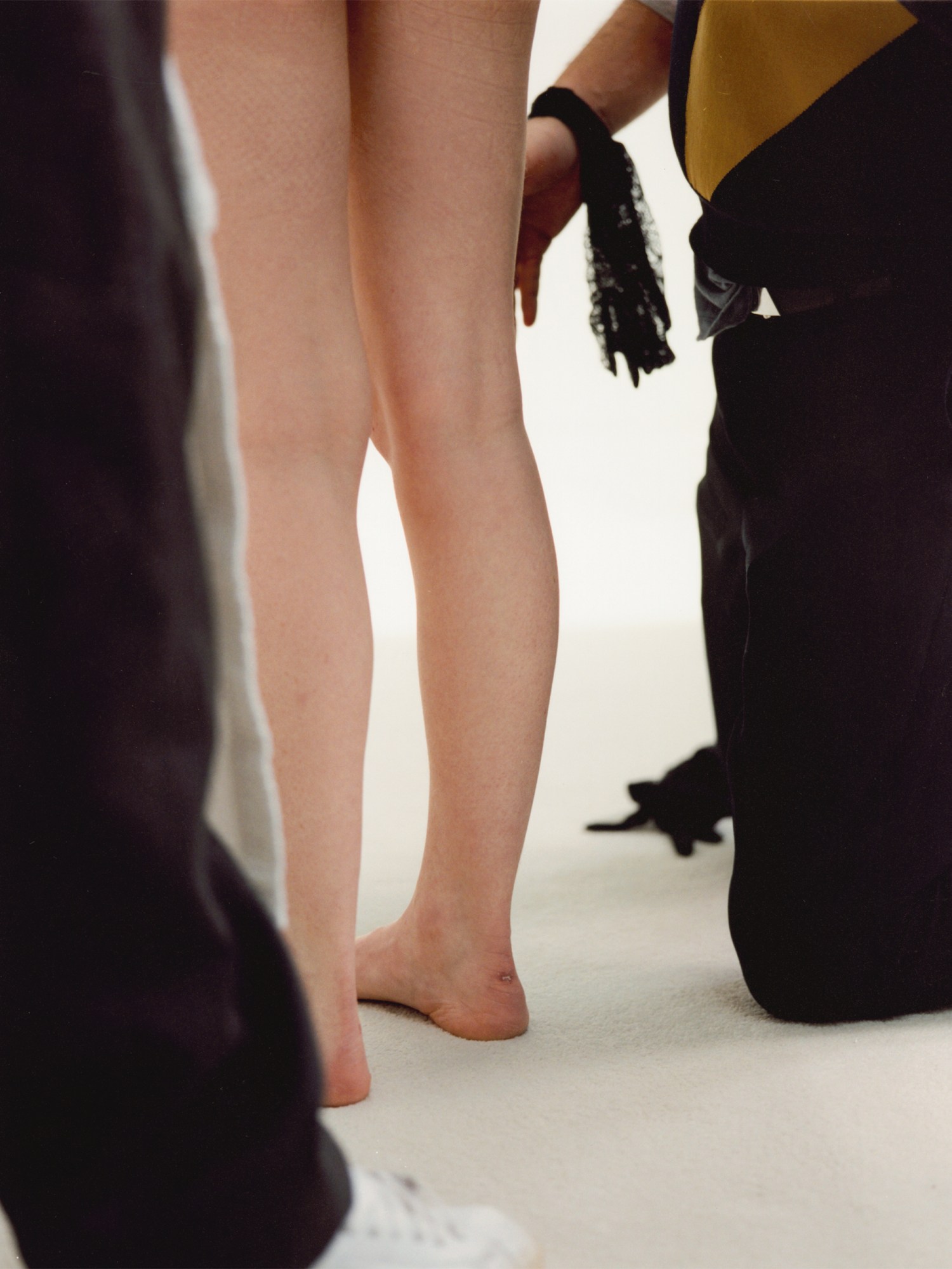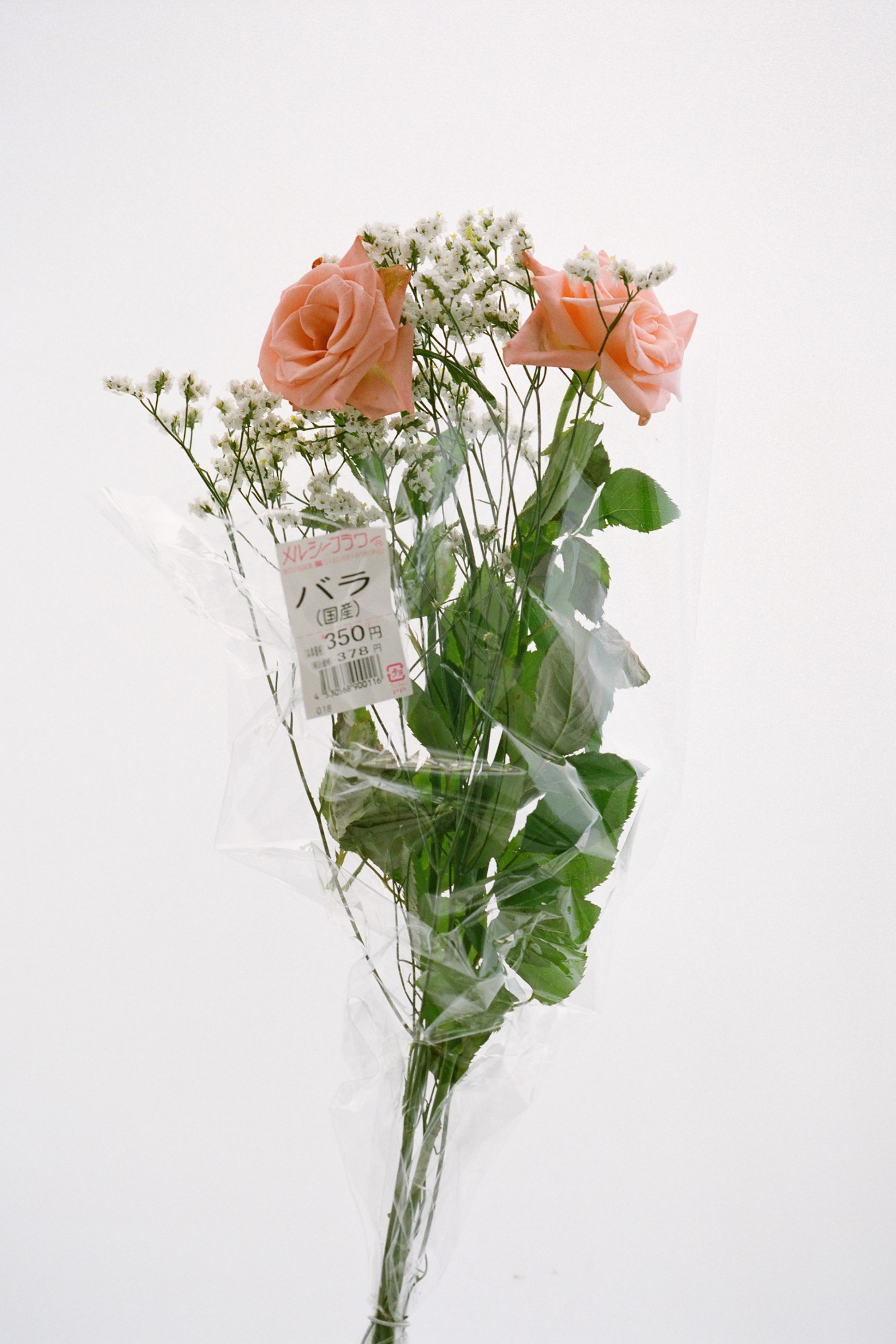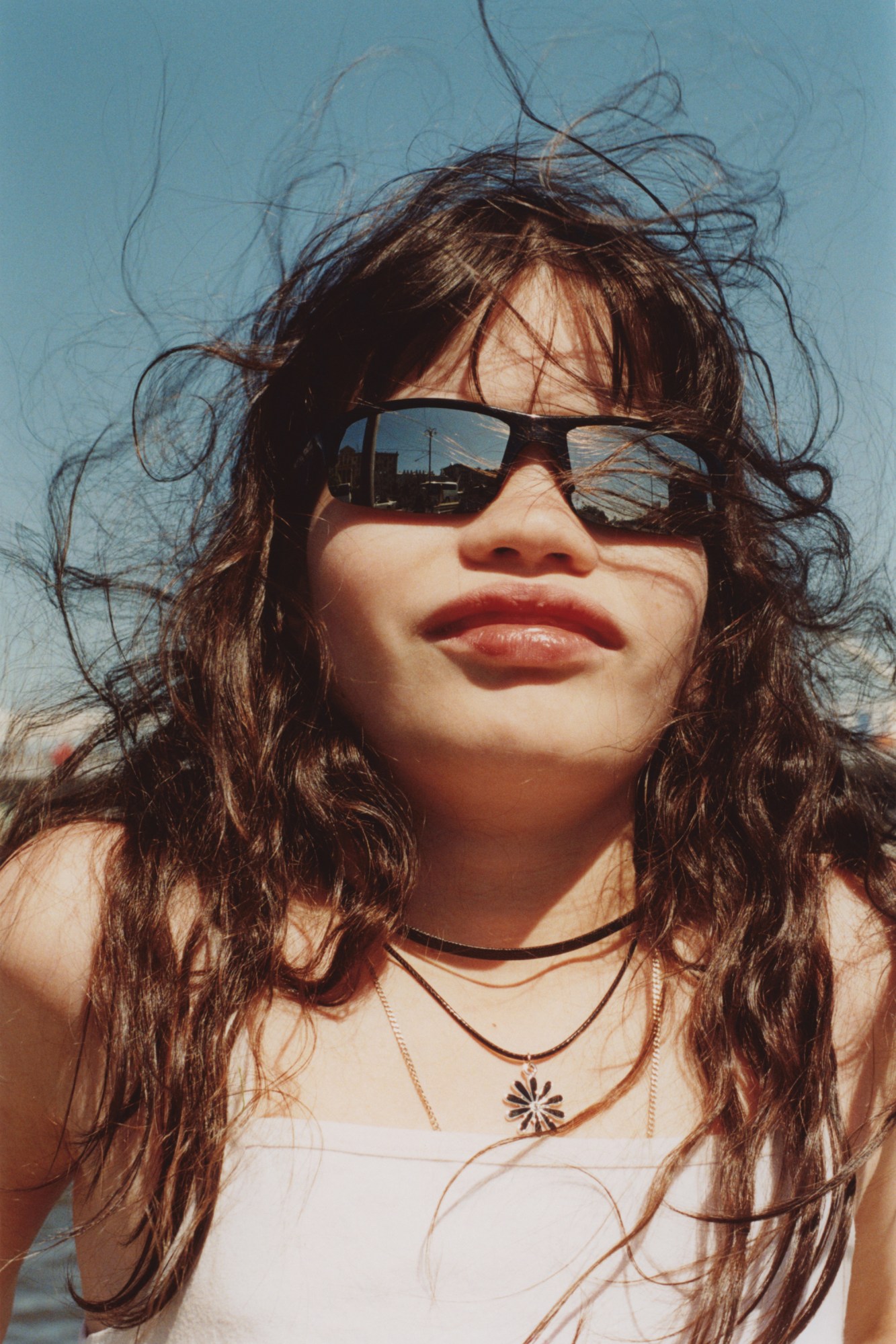Hart Lëshkina: From rising stars to industry heavyweights, i-D meets the photographers offering unique perspectives on the world around them.
Tati and Erik — better known as Hart Lëshkina — have been making imagery together for about seven years. Tati was born in the far east of Russia, near China, and raised in Moscow, immersed in art, dance and music. “My parents always encouraged creativity in me and around the age of 11, my parents took me to a friend of a friend, who was an artist, and she started kind of mentoring me,” she says. “Once a week after school I would go over to her apartment, we would talk, she would introduce me to different art movements, artists’ work, give me books to read…”
Over on the other side of the world, Eric discovered photography via LA’s skate scene, where he was born and raised. “My school didn’t have an art department so I convinced my parents to let me take a summer course one summer on photography basics and darkroom when I was about 14… it was transformative for me,” he says. “I remember being taught by this guy named Jim, an old punk from the LA scene. Later on in high school I was fortunate to have a photo department with a darkroom and a supportive teacher. I hated school and any free moment I had when I was at school, I was in that darkroom printing and experimenting.”
Together, they make work that feels immediate, visceral, and, at moments, unnerving. Faces, limbs, discarded ephemera painted against large expanses of white that conjure a feeling of clinical examination, while closer shots of moist skin, protruding body hair and viscous fluids create a multitude of different emotional reactions in the viewer to naked flesh. Their project, Beyond the Clouds, captures different people on the cusp of a significant physical or emotional change; an intangible sense of optimism present coupled with an appreciation in imperfection. Out of You, a more recent project, takes a young girl and implants her into different situations, aesthetics, and ideas to explore themes self-representation and identity. “The themes that we explore in our work are transience, subjectivity and memory,” they explain. “We are drawn to the grey area and tension between reality and fiction. We are interested in photography’s capacity to alter memory, its poetics, its physicality, its ability to be reinterpreted depending on the format and context it is placed within.”
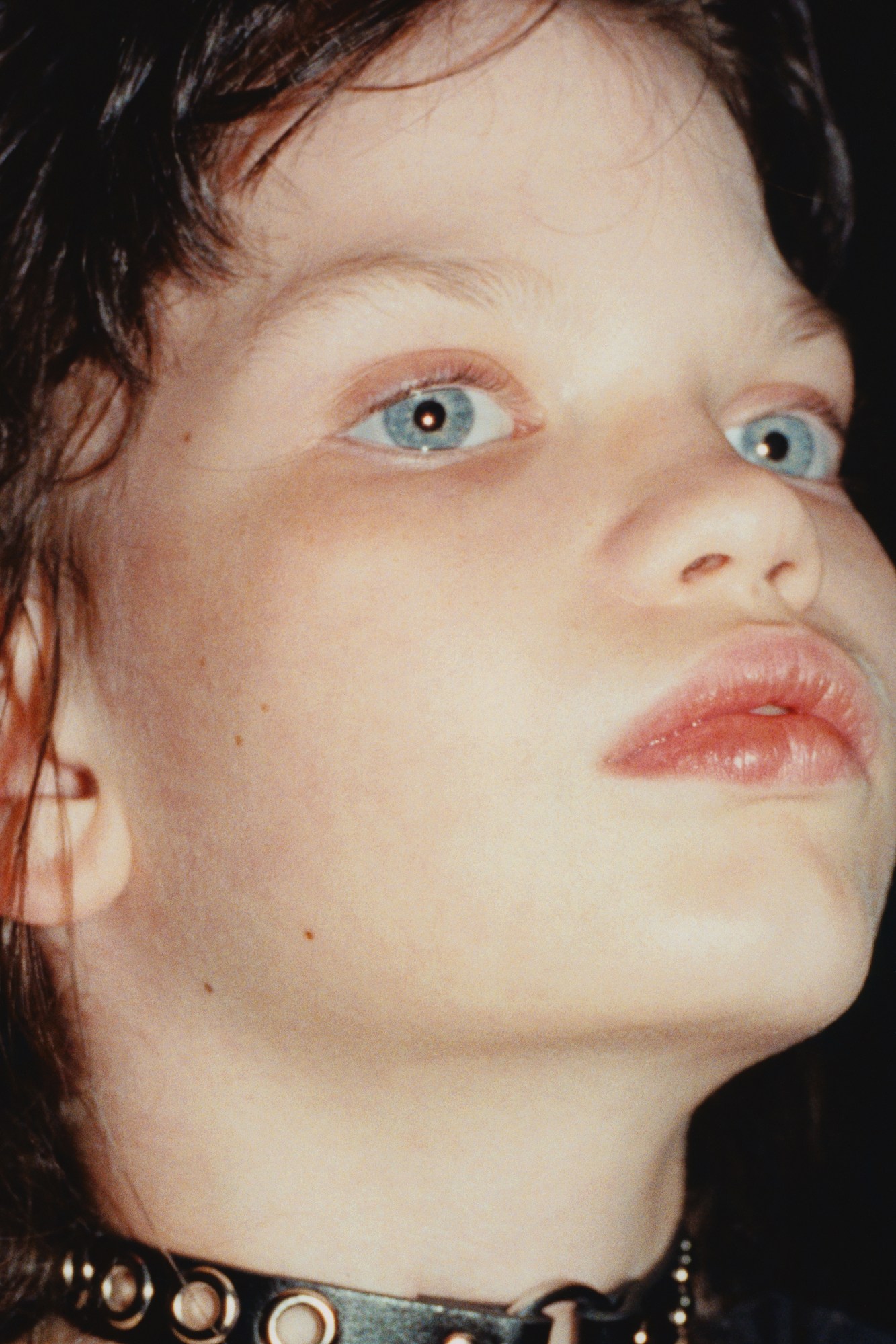
Do you remember the first time a photographer’s work had a profound effect upon you?
Erik: For me it was being about 13 and seeing the series “Ah… youth” by Mike Kelley featured on the Sonic Youth album, Dirty. At the time I didn’t have a developed sense or understanding of contemporary art in general, nor did I know who Mike Kelley was. However at first sight this series resonated deeply with me and evoked this sense of “other” which I had not previously fully experienced through images and art. Kelley’s portrait, alongside these found objects, felt so loaded and made my mind wander and project and solicit so many thoughts in response to the images.
I discovered that an image can hold and evoke something both personal to the artist and simultaneously the viewer. I would say this was a defining moment for me when experiencing art at a young age, how the power of how images can function in different contexts.
Tati: For me as a young teenager it was Francesca Woodman. I was fascinated by the idea that you can create these powerful images without leaving your own room, only using your own body and a camera, and that there are infinite possibilities and perspectives even with very limited elements.
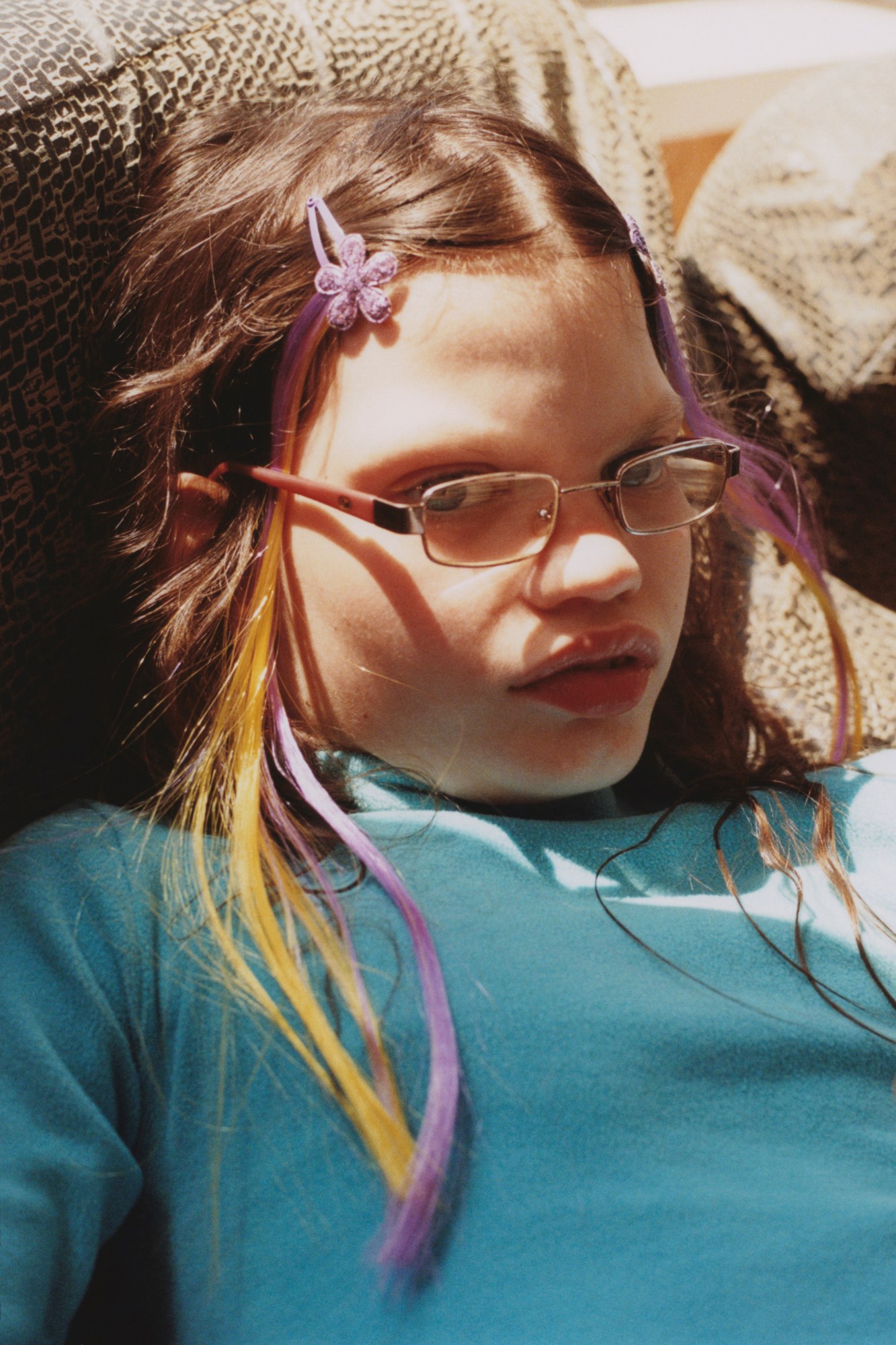
You work together across all your projects. What are the greatest advantages, and drawbacks, of working as a photographic duo?
The greatest advantage is that it challenges you to let go of yourself and your ego. You have to give yourself fully and have a deep sense of empathy for the other. As partners, our lives are intertwined, we have a constant and ongoing creative dialogue. The major drawback is that it’s sometimes difficult to know when to pause.
How much do you take social media, particularly Instagram, into account when making an image and thinking about the impact and distribution of the images?
We don’t. For us the role of the viewer in relation to the work usually enters at a later stage, in the editing phase and during the discussion of what context it will be shown within. The process of creation for us is much more intimate and internal. Our work is grounded in the idea that the actual image is a physical object/symbol which exists in a space. The reproduction of the image allows it to concurrently exist in multiple layers of media simultaneously. Not to say that social media is not a legitimate and viable way to share work, it very much is, but it can be limited in the way that the work is contextualised.

Do you think iPhone photography has devalued or enhanced the photography industry?
With endless documenting, and sharing that iPhone allows, people’s appetite and consumption of imagery has grown. This has impacted advertising and photography industries so much in terms of the demand for the amount of content that is being produced. But that increase in volume often comes with a decrease in quality. Because of the ease of being able to simply record what one sees, there is a disconnect and sometimes lack of understanding between what goes into the creation of images which resonate and the ease of just taking a picture reflexively. There are various reasons certain images resonate, or stand out to captivate the viewer. A strong image will always cut through this endless barrage of visual information, however there needs to be some reasonable consideration to the creative process and time.

Can you talk a little bit about your project Beyond the Clouds? The imagery is very visceral and tactile, a sort of eroticism cloaked in something more clinical, what feeling were you hoping to create with it?
Beyond the Clouds is a photographic exploration of desire, longing and impermanence. We wanted to capture things as imperfect, ephemeral, transitory — collecting and preserving them. The project draws on the fundamental cycles of life, and the images often allude to the passage of time. Transitory states is something we reflect upon often in our work. The subjects of the portraits in this work are all going through physical and/or emotional changes: a young girl about to enter adolescence, a teenager on the verge of adulthood, a transitioning transgender woman, an aged man discovering his sexuality, an older woman’s body being transformed by an illness. The still lifes all speak to these themes as well, and use such ephemeral materials as bodily fluids, ice, flowers, hair and teeth.

What about Out of You — tell us about the story behind this series. What drew you to the young muse throughout this story?
We wanted to create a body of work about a time between childhood and adolescence, that time when you become aware of being seen and how this often catalyses the way in which you present yourself. This was something quite personal to us both and was almost a way of creating and recalling specific interpretations of past experiences or situations. At times it’s almost like giving us the ability of looking at photographs of ourselves which were never taken.
We have purposefully shot it so that all the images appear candid and intimate, similar to snapshots. We wanted to create this tension and dissonance between the immediacy on the surface level of the images and the actual constructed and performative layers behind them. We had an idea for this project, when about a year and a half ago we saw a picture of this young girl named Uli on Instagram. We were looking for someone with an ability to embody a range of ages depending on how they were presenting and she had that in addition to a unique presence and a captivating gaze. Though she is integral to the work, it is not about her personally, she’s in fact performing a character that was constructed by us for the camera. Out of You explores themes of self representation, construction of identity, subjectivity and memory. We purposefully constructed the images in a way that the environments, the clothing and the exact age of the character is ambiguous.
Throughout the work through body language, gesture and costume the character references and presents a range of cultural codes associated with the imposed and assumed feminine identities. Her changing appearances alludes to passage of time and the transition that she is going through. The work is structured in a way that’s like a broken narrative. Each image is singular in a sense, with literal reference to time or connectivity between the images hidden. This idea is in reference to recollection informed the layout and flow of the book in addition to the way in which the work will exist and be installed within physical spaces.
